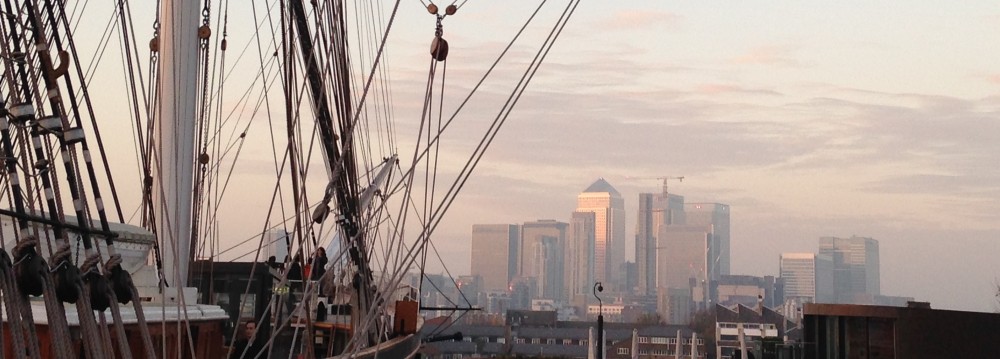Heading out to Verrieres Forest (Forêt de Verrières)
Today was a grey, drizzly kind of day around Paris, so we set off to do some exploration of the Forêt de Verrières outside of the city. The forest sits atop a hill (172 meters, or 574 feet, high) located just alongside Paris’ outer beltway, about 16 kilometers (10 miles) south of the Eiffel Tower.
It is an ancient woods. There is archaeological evidence of human activity dating back into prehistory. Over the centuries several chateaux have stood on these grounds. At various times the land belonged to the nearby Abbey of Saint Germain. King Louis XIII set the area up as royal hunting grounds in the 1600s. After a couple of battles with Prussians (1815 and 1870), the government set aside part of the grounds for artillery defenses. The military still holds a small parcel of land near the middle of the forest.
Verrieres Forest, Today
Urbanization and road construction have gobbled up sizable chunks of the original forest. Nowadays, the forest covers about 576 hectares (ca. 1425 acres), which is about half of its historic size. This has had an impact on wildlife. Big deer species and wild boar have disappeared in the face of fragmentation of the forest land and increased use by people and their dogs. A few smaller deer (chevreuils) may inhabit the woods, as well as foxes, rabbits, weasels and smaller critters. These animals benefit from the ban on hunting in the woods that has been in place since 1818.
Today we did not see any such wildlife, rather it seemed to be a day for the birds. There were all sorts of song birds, woodpeckers, ravens and crows, among others. The drizzle cut down on the number of people in the woods and, with springtime in the air, the birds were singing joyfully. I stopped to record a bit of their chorus: Forest Birds-Verrieres (click here to hear some of these birds).
An Integrated Biological Preserve

Verrieres Forest is characterized by a biologically sheltered situation in an urban environment; 42 hectares of the forest have been classified as an integrated biological preserve, meaning that the land will be protected from human intervention for a long period. This will permit scientific study of the development of a natural ecosystem, one that differs from the surrounding managed forest.
We soon discovered a further reason why the birds were so happy. In the middle of the forest is a 42 hectare (100 acre) section that the National Forest Office set up in 2005 as a biological reserve (réserve biologique intégrale). All forestry operations are prohibited and entry is discouraged. A dense growth of oaks, chestnuts, ashes, beech and birch has developed.
Such protection for flora and fauna is extremely rare in France. Only just over 1% of the forests in this nation are set aside as preserves. The difference with typical French forests is striking. In the preserve, the underbrush is growing throughout, old trees lay where they fall, birds are everywhere, and it is dark at ground level. It is amazing how much the forest has been transformed in less than 10 years. This stands in contrast to a typical working forest in France, where nature is kept in check.
From Prehistory to the Future
Our hike carried us from the center of the woods to a former artillery position at the north-east corner of the forest, which has a beautiful view of Paris. We continued along the eastern edge of the woods, where rocks are exposed on the slope and prehistoric people are known to have collected flint to make tools and arrow heads.
As we turned onto the path leading back to our car, we walked along the edge of the biological preserve. When a place combines historical interest and ecological innovation, then it has a good chance of grabbing my attention. This was such a place. The establishment of a biological preserve in the center of a forest just 10 miles from the Eiffel Tower seems almost audacious. It is still in its early days and clearly evolving at a rapid pace. Nature is taking advantage of the offer of peace. I’ll be watching to see what happens next.
Map of Verrieres Forest – La Forêt de Verrières
(Verrieres Forest = bouncing icon; Eiffel Tower and Paris = fixed icon)
If you are having trouble viewing the map, then click this link:
https://www.q4tk.com/2013/05/19/verrieres-forest/



I’d love to hike there with you.
The birdsong recording was a nice touch! It was lovely to read the description of how the forest appeared after only 10 years of protection from intervention–nature has such powerful abilities to repair and heal itself!
I’ve only walked in old growth forests a few times in my life, and it is always a magical experience. The forest next to the Quaker Meeting House in Princeton is one such old growth forest–one of the very few along the east coast in the US.